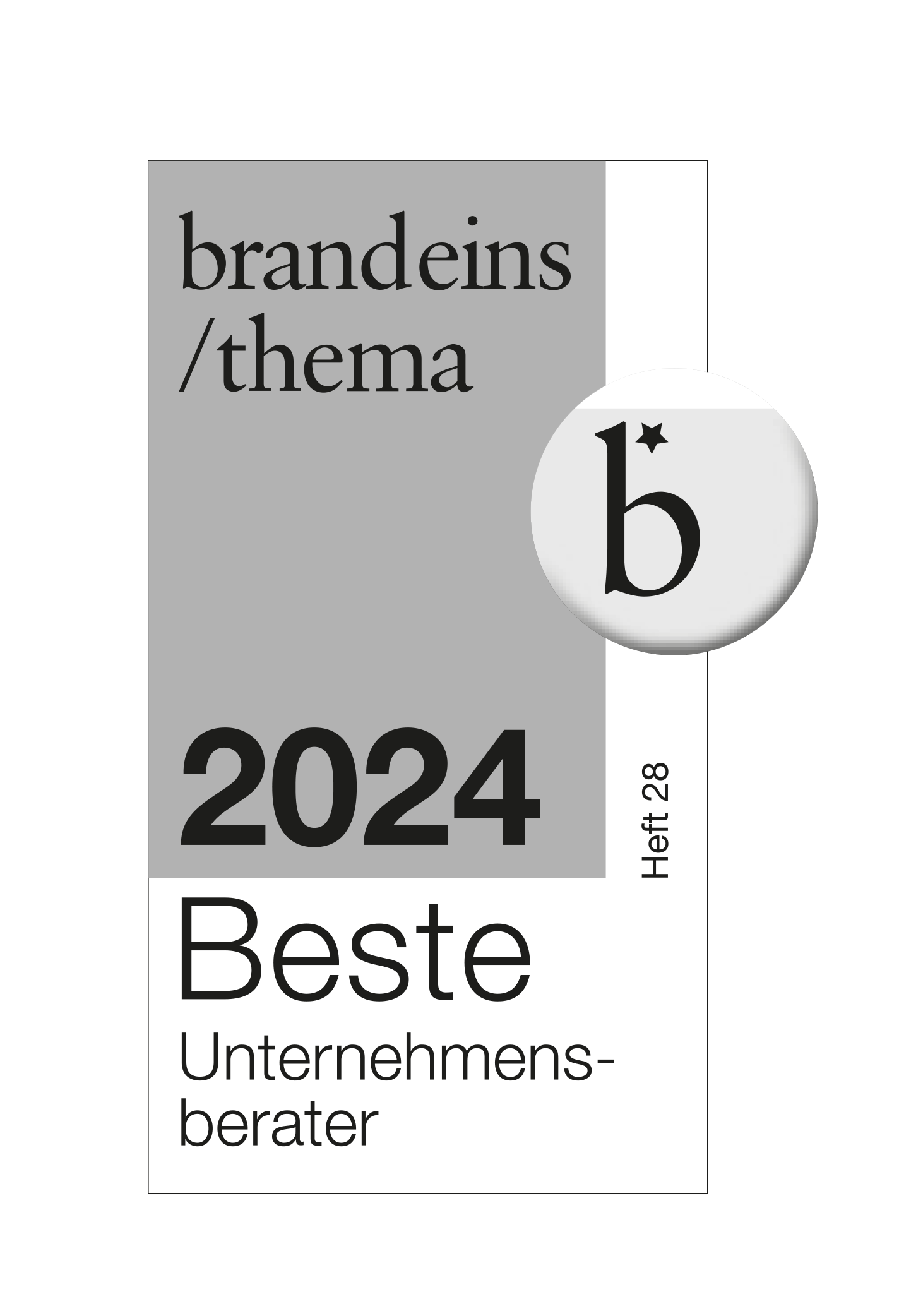Sovereign is being able to consciously weigh up between the minimum and maximum effects and thus to take risks or seize opportunities selectively.
The increasing digitalization of the economy and politics, society and culture is forcing companies to fundamentally reconsider and continuously adapt their business models and structures. The tremendous speed of these changes, but also the shortage of skilled workers, especially in the IT sector, are triggering a high demand for ready-to-use software and hardware solutions. The benefits of such solutions are obvious: They are quickly available, do not need dedicated programming during implementation and are thus initially cheaper and more quickly ready for use. At the same time, ready-to-use solutions are self-contained, without interfaces or export options, and thus incompatible for data transfers. The dependency of customers on the functionality and available of these solutions is therefore high.
Such a dependency can work quite well for certain purposes and business models. However, it is indispensable to address one's own digital sovereignty. Not only transparency is needed, but also a clear classification of strategies when deciding for or against software and hardware solutions in order to ensure a successful and lasting business transformation in the long term. In addition, digital sovereignty is also a question of sustainability. Because sustainable is what endures and exercises its value in the long term. This is also true for digital solutions: If providers suddenly shut down their platforms, this is simply not sustainable for customers – and possibly tantamount to an economic collapse.
But how can digital sovereignty be achieved? And: Isn’t it already too late to think about this in ongoing operations? No, not at all. Digital sovereignty can ideally be achieved in four steps – and at any time. The first step is to think through the situation and the goal from a functional perspective and then break it down into smaller problems. Then, standards need to be used or created, if required, and open-source solutions used. The goal: Solve one's own needs but be able to act collaboratively.

Functional thinking
problem-focused
instead of solution-based
Sovereignty requires the use of free and open solutions. This makes it possible to replace solution modules as needed, to further develop existing ones and to benefit from the further developments of others.
Expertise must be the deciding factor, not the available technology. Sovereignty therefore requires first of all to work on the functional problem and the requirements, ignoring the available or obvious technical options. Because technology can only play a role when what is actually needed is clear.
This can be achieved by methods such as domain-driven design, event storming or also domain storytelling. They provide an impression and describe in detail which actors interact with each other and with systems, when and how. These actions and reactions are the basis for developing a technical solution.

Solve in isolation
Modules
instead of packages
Sovereignty requires breaking down large problems into several small ones and solving them in isolation. This ensures that the best solution modules are always used.
A single large problem is more difficult to solve. Sovereignty is therefore to divide large functional problems into several smaller, functional problems. Ideally, these are independent of each other and can be worked on independently of each other. If functional or technical requirements of a single problem change, these requirements can in turn be considered and compensated for in isolation.
In application development, frameworks and libraries, components and modules, program interfaces and web services are well known and established. They, in turn, focus on individual sub-problems and offer appropriate, efficient solutions. For example, text processing programs can be used in the form of partial solutions often also as e-mail editors.

Use standards
established standards
instead of individual approaches
Sovereignty requires always using established standards. This ensures that data remains persistent and transferable, because corresponding interfaces are uniform, known and compatible.
Proprietary creates dependency. Sovereignty therefore requires using established standards instead of pursuing individual approaches. This ensures that data remains persistent and transferable, because corresponding interfaces are uniform, known and compatible. Even over decades.
On national and international level, numerous organizations deal with standardizations and norms, publish, document and maintain them. Thus, corresponding templates exist for almost all situations. If there is a standard missing, the first step is to develop one's own. This can then be submitted, reviewed and called upon to form a new standard.

Use open source
Open Source
instead of closed source
Sovereignty requires the use of free and open solutions. This makes it possible to replace solution modules as needed, to further develop existing ones and to benefit from the further developments of others.
The use of open source is not necessarily better, but the benefits are always obvious. The decisive factor is that the source code of the open source software is available and can therefore be modified. This means that individual solution modules can be replaced, adapted or further developed as needed. Thus, open source not only promotes collaborative work, but also means behaving sovereignly towards others.
The licensing terms of open source software usually stipulate that third parties must also make their modifications available. The range of functions and quality of the solutions thus grow automatically. Security problems are detected and solved earlier with actively developed open source solutions than with proprietary software, for example.



